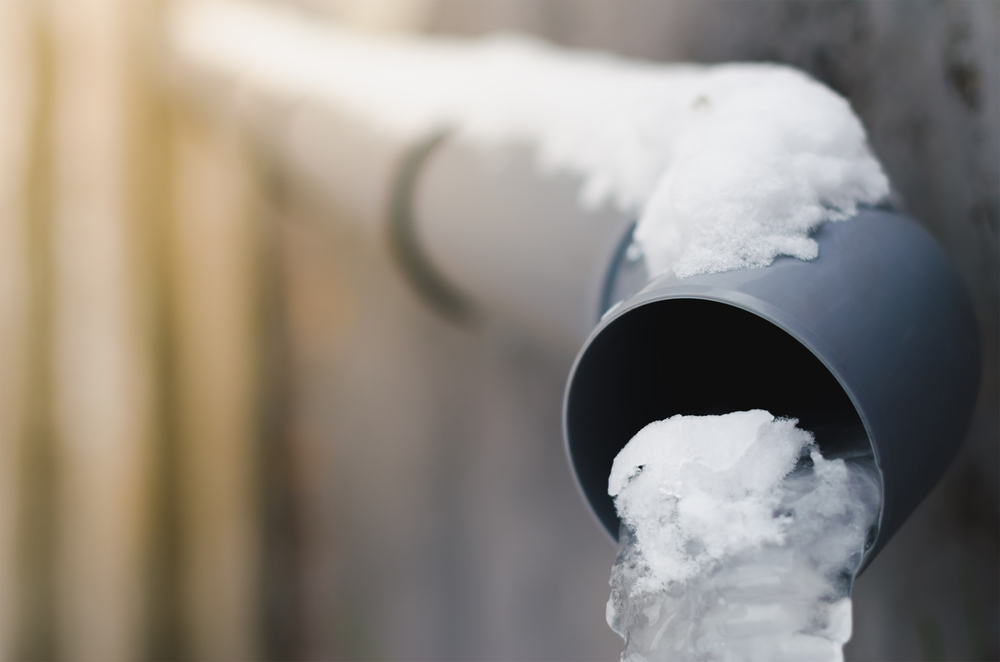Do you find yourself on the lookout for related information around How To Avoid Freezing Pipes?

Cold weather can damage your plumbing, particularly by freezing pipelines. Here's how to prevent it from occurring and what to do if it does.
Intro
As temperatures drop, the threat of frozen pipes rises, potentially resulting in expensive repairs and water damage. Comprehending how to stop icy pipelines is important for homeowners in cold climates.
Prevention Tips
Shielding vulnerable pipes
Cover pipelines in insulation sleeves or utilize warm tape to shield them from freezing temperatures. Concentrate on pipelines in unheated or external locations of the home.
Home heating strategies
Maintain indoor areas sufficiently heated up, especially locations with plumbing. Open closet doors to enable warm air to distribute around pipes under sinks.
Just how to recognize frozen pipelines
Search for reduced water circulation from faucets, unusual odors or sounds from pipelines, and noticeable frost on exposed pipes.
Long-Term Solutions
Architectural adjustments
Think about rerouting pipelines away from exterior walls or unheated locations. Include additional insulation to attic rooms, basements, and crawl spaces.
Upgrading insulation
Buy high-quality insulation for pipelines, attics, and walls. Proper insulation aids maintain consistent temperatures and decreases the threat of icy pipes.
Shielding Outdoor Plumbing
Yard tubes and outdoor taps
Separate and drain pipes garden hose pipes before winter season. Mount frost-proof spigots or cover exterior taps with shielded caps.
Recognizing Icy Pipes
What creates pipes to ice up?
Pipes ice up when exposed to temperature levels below 32 ° F (0 ° C) for prolonged durations. As water inside the pipes freezes, it increases, taxing the pipe wall surfaces and possibly causing them to break.
Dangers and damages
Icy pipes can lead to water supply disturbances, building damage, and expensive repair work. Burst pipes can flood homes and cause considerable structural damage.
Indicators of Frozen Piping
Identifying icy pipes early can stop them from bursting.
What to Do If Your Pipelines Freeze
Immediate activities to take
If you suspect icy pipes, maintain faucets available to alleviate pressure as the ice melts. Utilize a hairdryer or towels taken in warm water to thaw pipes slowly.
Verdict
Protecting against icy pipelines calls for aggressive measures and quick actions. By recognizing the reasons, signs, and preventive measures, home owners can shield their pipes during winter.
5 Ways to Prevent Frozen Pipes
Drain Outdoor Faucets and Disconnect Hoses
First, close the shut-off valve that controls the flow of water in the pipe to your outdoor faucet. Then, head outside to disconnect and drain your hose and open the outdoor faucet to allow the water to completely drain out of the line. Turn off the faucet when done. Finally, head back to the shut-off valve and drain the remaining water inside the pipe into a bucket or container. Additionally, if you have a home irrigation system, you should consider hiring an expert to clear the system of water each year.
Insulate Pipes
One of the best and most cost-effective methods for preventing frozen water pipes is to wrap your pipes with insulation. This is especially important for areas in your home that aren’t exposed to heat, such as an attic. We suggest using foam sleeves, which can typically be found at your local hardware store.
Keep Heat Running at 65
Your pipes are located inside your walls, and the temperature there is much colder than the rest of the house. To prevent your pipes from freezing, The Insurance Information Institute suggests that you keep your home heated to at least 65 degrees, even when traveling. You may want to invest in smart devices that can keep an eye on the temperature in your home while you’re away.
Leave Water Dripping
Moving water — even a small trickle — can prevent ice from forming inside your pipes. When freezing temps are imminent, start a drip of water from all faucets that serve exposed pipes. Leaving a few faucets running will also help relieve pressure inside the pipes and help prevent a rupture if the water inside freezes.
Open Cupboard Doors
Warm your kitchen and bathroom pipes by opening cupboards and vanities. You should also leave your interior doors ajar to help warm air circulate evenly throughout your home.

Do you appreciate reading about Winter Plumbing Precautions: Preventing Frozen Pipes? Write feedback below. We'd be glad to find out your ideas about this write-up. In hopes that you come back again in the future. Sharing is good. You won't know, you could be helping someone out. Thanks for being here. Please come visit our site back soon.
Click Here